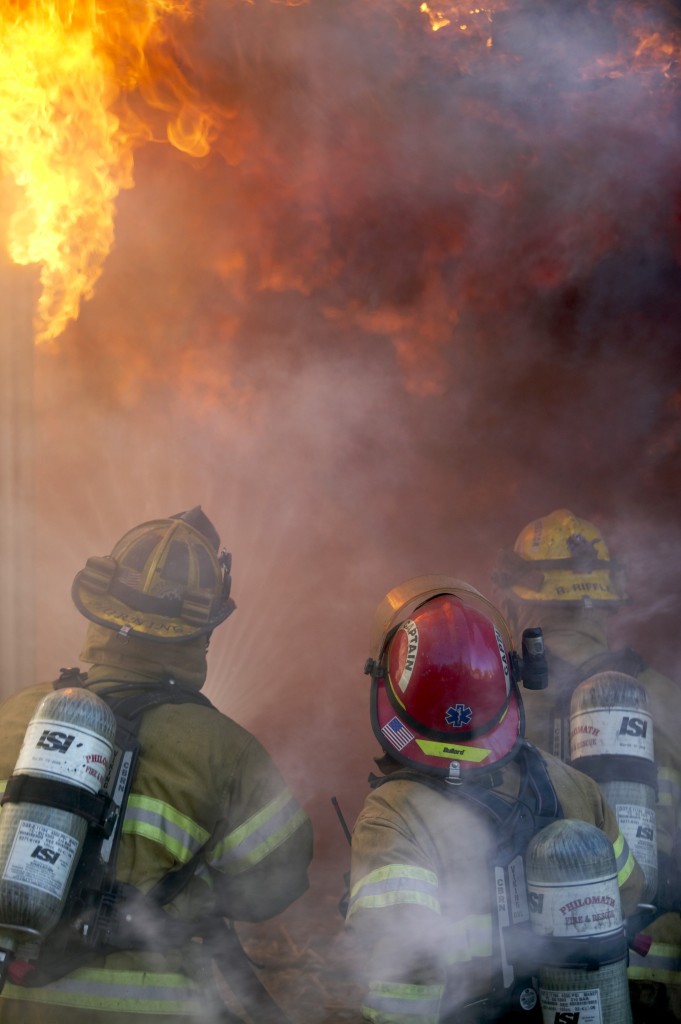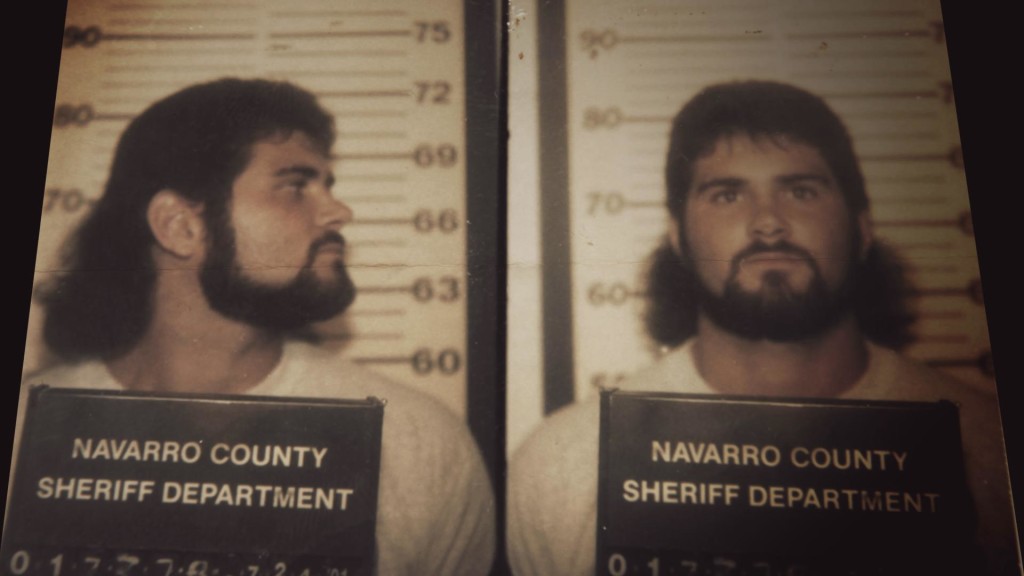How New Fire Science is Influencing Old Cases

February 1, 2012
Share
How does a fire start?
It’s a simple (and perhaps prehistoric) question, but the methods used by modern fire investigators to answer it have changed dramatically over time.
As we’ve reported, the well-publicized case of Cameron Todd Willingham — who was convicted of setting the Corsicana, Texas fire that killed his three young children 1991, and was executed for the crime more than a decade later — helped expose outdated tactics used around the country. These include assumptions about fire patterns on floors and v-shaped marks on walls, the identifying characteristics of an accelerant, and what happens to glass windows during a blaze. Gerald Hurst, who wrote a report discrediting the evidence used against Willingham in a last-minute death row appeal, declared: “One might well wonder how anyone could make so many critical errors in interpreting the evidence.”
Though the Texas Forensic Science Commission [TFSC] — established in 2005 to investigate complaints of negligence or misconduct in forensic analysis — avoided issuing a definitive ruling in Willingham’s case, it reached a deal with the fire marshal’s office to examine all past arson cases in conjunction with the Innocence Project.
That review began in January, and is proceeding, despite the abrupt resignation of State Fire Marshal Paul Maldanado. Innocence Project of Texas’ General Counsel Jeff Blackburn told the Texas Tribune that the group has sent questionnaires to more than 1,000 Texas inmates jailed on arson-related charges. Blackburn said he expects that a small number of those cases will raise serious questions about the underlying science presented to the jury.
In the meantime, a number of other cases around the country are receiving new scrutiny. Last Friday, the 3rd U.S. Circuit Court of Appeals agreed to review the evidence in the case of Han Tak Lee, a Pennsylvania man who was found guilty of killing his 20-year-old daughter in a 1989 fire. For years, Lee has adamantly denied that he set the fire; he is currently serving a life sentence and several of his appeals have been denied. John Lentini, a renowned fire scientist who served as a consultant on Lee’s case, concluded in a 1999 report that [PDF] “old wives tales were used to convict Han Tak Lee,” and that his “case represents the ultimate triumph of junk science.”
Also last week, a California magistrate heard evidence in the case of George Souliotes, who was convicted of murder after allegedly setting his rental property on fire in 1997. His tenants, a woman and her two children, died in the fire, and Souliotes is serving a life sentence without the possibility of parole.
At his trial, the prosecution argued that a flammable substance was found on Souliotes’ shoes and in the debris of the fire. “The shoes tell the tale” was the prosecution’s mantra. But years later, Lentini examined the evidence and found that the substance on the shoes was likely a natural part of the shoe itself, and was chemically different from the liquid found in the debris of the fire. Another expert, Randy Watson, found that the burn patterns — burned holes in the floor and charring — were all characteristics of an accidental fire.
In the hearing last week, Steven W. Carman, a 20-year veteran fire investigator, testified that the techniques used to investigate the case amounted to “a laundry list of things we used to believe broadly in this profession that have since been widely discounted.”
The magistrate has yet to rule on the case.
Related Documentaries
Latest Documentaries
Related Stories
Related Stories
Policies
Teacher Center
Funding for FRONTLINE is provided through the support of PBS viewers and by the Corporation for Public Broadcasting. Additional funding is provided by the Abrams Foundation; Park Foundation; the John D. and Catherine T. MacArthur Foundation; and the FRONTLINE Journalism Fund with major support from Jon and Jo Ann Hagler on behalf of the Jon L. Hagler Foundation, and additional support from Koo and Patricia Yuen. FRONTLINE is a registered trademark of WGBH Educational Foundation. Web Site Copyright ©1995-2025 WGBH Educational Foundation. PBS is a 501(c)(3) not-for-profit organization.



















